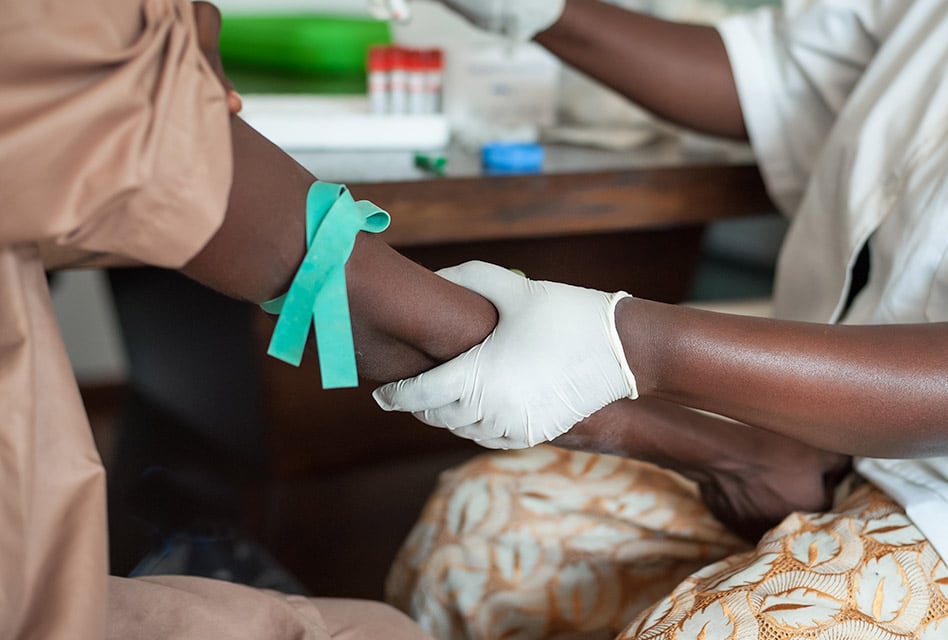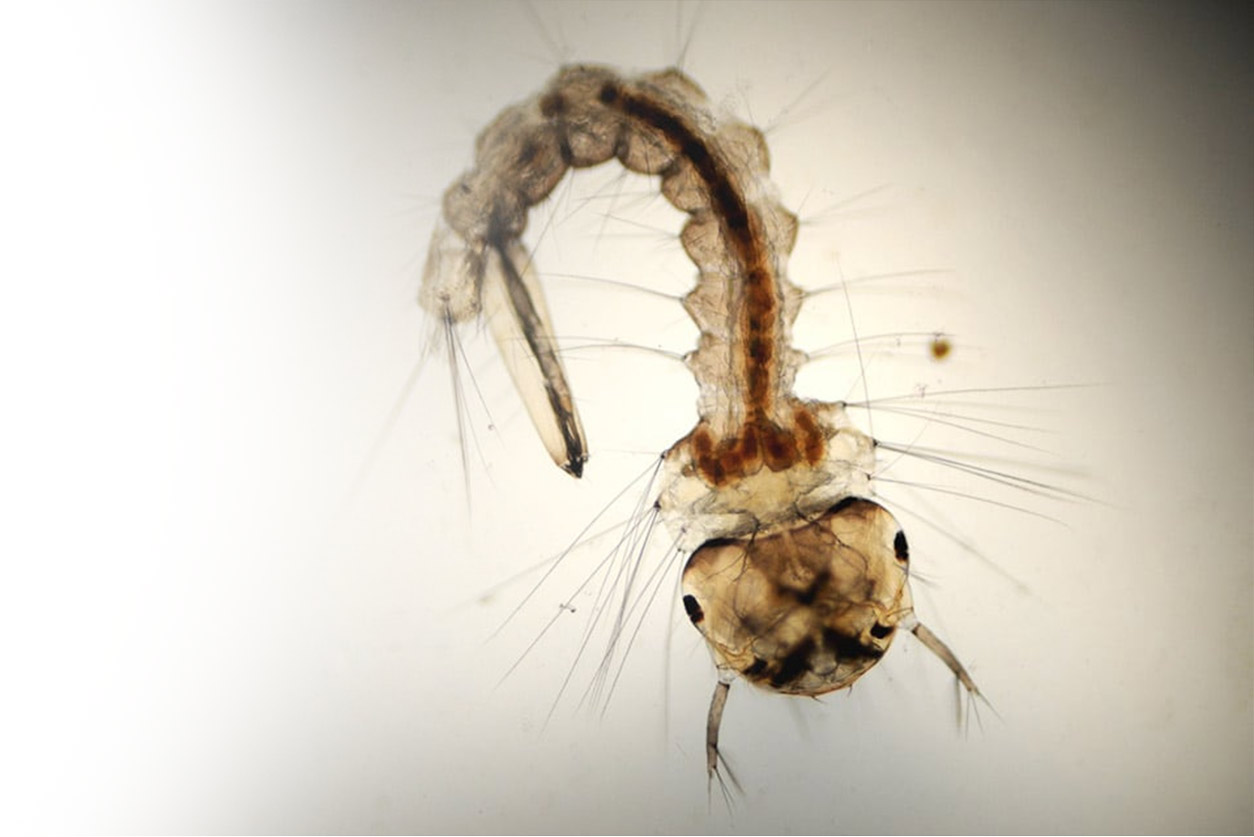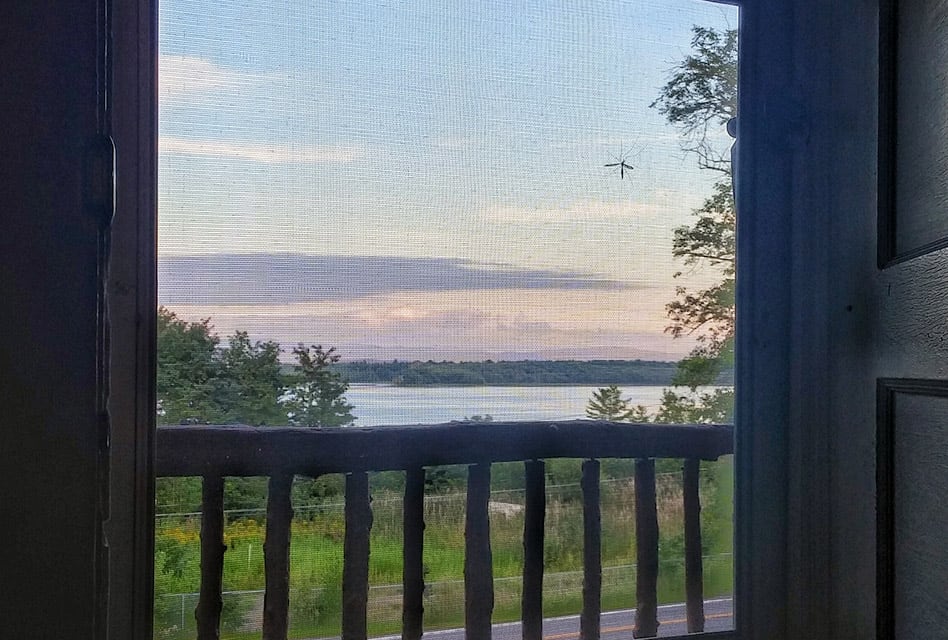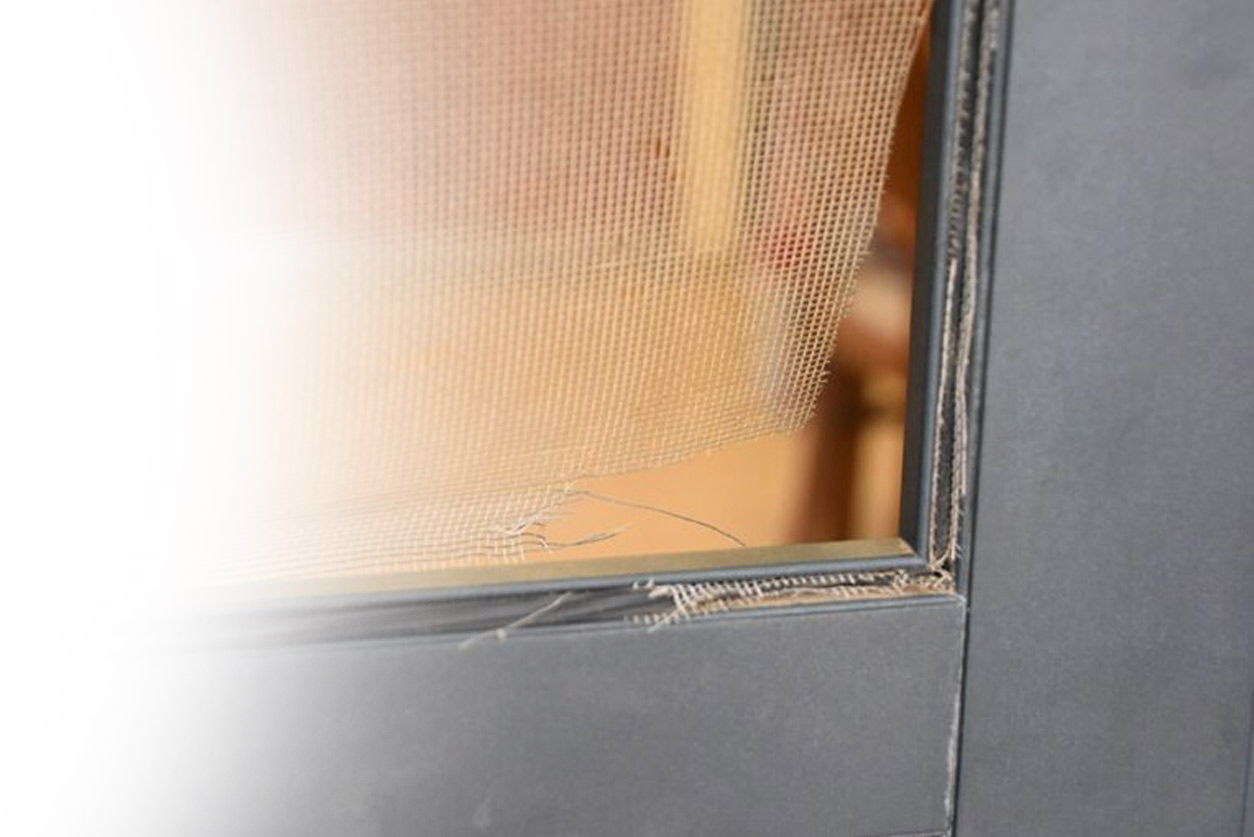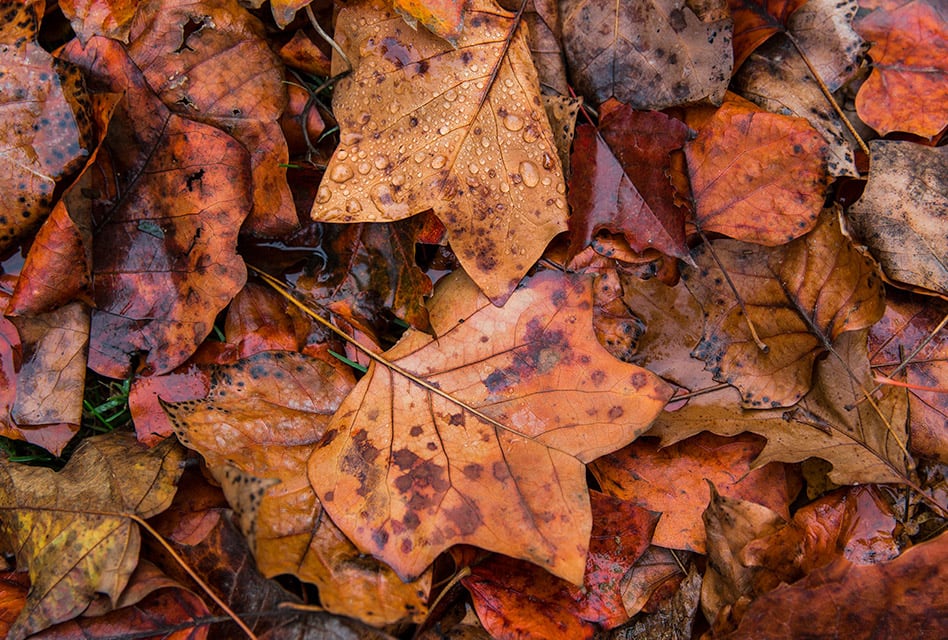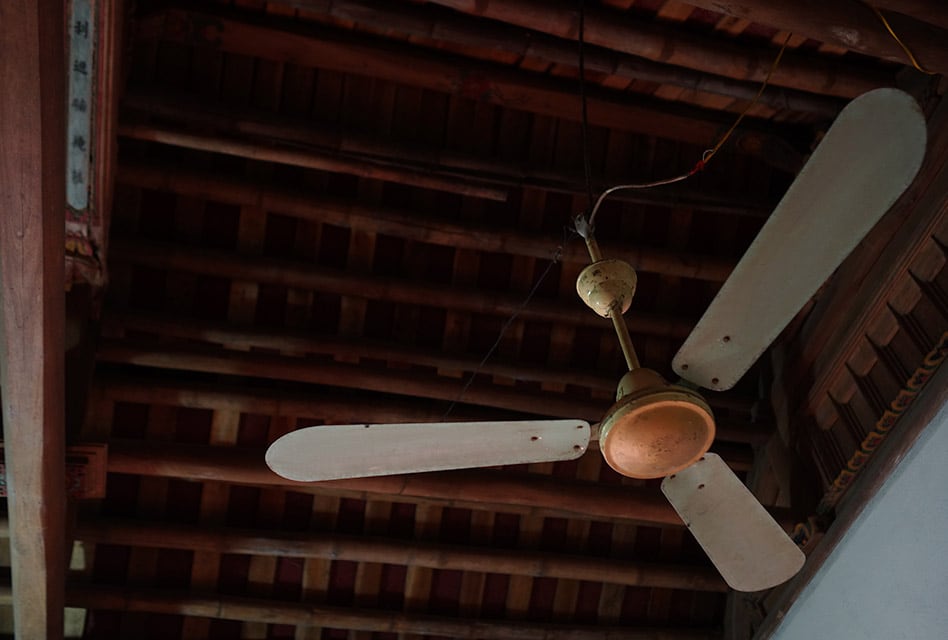Malaria cases are on a downward trend worldwide, largely due to efforts in recent years by the World Health Organization to persuade other organizations and individual nations to devote more resources to fighting mosquitoes. The number of malaria cases remains high, however, with WHO reporting 23.8 million cases in 2011.
Of those cases, 20.2 million were in Africa and about 2.2 million in Southeast Asia, and the remainder in the Eastern Mediterranean, the Americas and the Western Pacific, in that order. Malaria accounts for 5.2 percent of deaths in low-income countries and are less likely to be a problem in middle-income and high-income nations.
How Mosquitoes Kill
Infected mosquitoes carry a parasite known as Plasmodim. When a human is bitten by a mosquito, the parasites begin to multiply in the liver and then spread to the bloodstream.
Prevention Against Mosquito Bites
Two of the major weapons in fighting malaria-carrying mosquitoes are indoor spraying and sleeping in nets treated with insecticides. One of the primary problems in fighting mosquitoes is the insects become immune to insecticides.
“If left unchecked, insecticide resistance could lead to a substantial increase in malaria incidence and mortality,” according to WHO. “The global malaria community needs to take urgent action to prevent insecticide resistance from emerging at new sites, and to maintain the effectiveness of existing vector control interventions.”
Testing and monitoring the effectiveness of insecticides is ongoing throughout the world, with scientists working to modify insecticides to combat mutations in the Plasmodim parasite.
Medical Treatment
Scientists have discovered that wormwood plants contain artemisinin. When injected into a human, the artemisinin goes to work against Plasmodim, reducing the amount of parasites in the bloodstream. Several other drugs, called ACTs, are used to eliminate the parasites after being weakened by artemisinin. Unfortunately, the parasites are developing an immunity to current methods of treatment.
“Resistance has occurred as a consequence of several factors, including poor treatment practices, inadequate patient adherence to prescribed antimalarial regimens, and the widespread availability of oral artemisinin-based monotherapies and substandard forms of the drug,” according to a WHO report.
Migration is making the problem worse, officials said.
“If resistance were to spread to – or emerge in – India or sub-Saharan Africa,” WHO officials said, “the public health consequences could be dire, as no alternative antimalarial medicine is available at present with the same level of efficacy and tolerability as ACTs. There is therefore a limited window of opportunity to avert a regional public health disaster, which could have severe global consequences.”
Mosquitoes and Malaria in the United States
About 1,500 Americans contract malaria overseas and return to the United States with the disease, according to the Centers for Disease Control and Prevention. The CDC advises physicians on how to treat malaria and sponsors education campaigns to help Americans avoid contracting the disease when they are visiting other countries.
To prevent more malaria cases from reaching the United States, the CDC helps global malaria-prevention programs. Efforts include scientific research, helping provide preventative treatment to pregnant women in low-income nations, helping finance indoor spraying, funding and encouraging others to contribute money to efforts to supply insecticide-treated nets, and helping develop rapid diagnosis programs to enable early treatment.
“CDC implements the U.S. President’s Malaria Initiative jointly with the U.S. Agency for International Development,” according to the CDC. “PMI and its global partners have massively scaled up effective malaria interventions, and PMI’s goal of halving the malaria burden in 70 percent of at-risk populations in sub-Saharan Africa by 2014 has been achieved in one of its 19 target countries and is very close in several others. PMI also monitors antimalarial drug resistance in the Greater Mekong subregion of Southeast Asia and works to prevent and control the spread of multidrug-resistant malaria so that successes achieved in global malaria efforts are not reversed.”
Success Breeds Complacency
As malaria cases go down, both private and public funds begin to dry up, the USAID reported.
“Success turns the volume down on the alarm bells that drive the investments that produced that success in the first place,” according to a USAID statement, “and when that happens, only failure raises the alarm again.”


